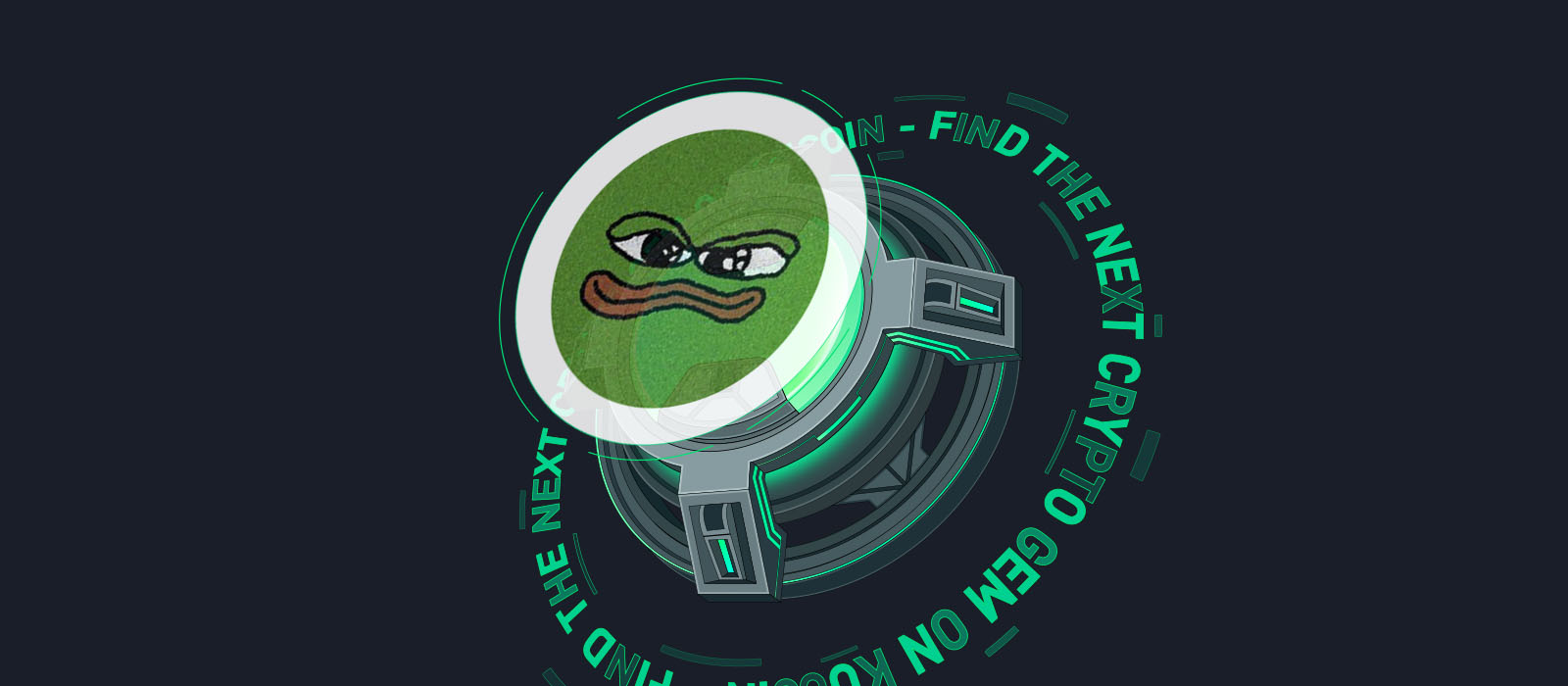In a big transfer in direction of enhancing electronic mail safety, Google and Yahoo will implement new electronic mail authentication protocols for high-volume electronic mail suppliers beginning in February 2024. This initiative goals to bolster cybersecurity by mandating bulk senders who distribute over 5,000 messages every day to stick to strict validation requirements. The protocols, together with Area-based Message Authentication, Reporting and Conformance (DMARC), Sender Coverage Framework (SPF), and DomainKeys Recognized Mail (DKIM), give attention to stopping checklist abuse, enhancing sender verification, and decreasing phishing dangers.
DMARC is especially essential within the combat in opposition to cyberattacks, because it authenticates sender addresses to dam phishing and area impersonation. In an period the place AI-driven phishing makes an attempt are more and more subtle, instruments like DMARC, SPF, and DKIM are important for shielding electronic mail recipients. SPF safeguards domains by verifying the sender’s IP handle, whereas DKIM provides a layer of cryptographic authentication to validate message possession.
Excessive-volume electronic mail senders ought to put together now to adjust to these new requirements to keep up buyer belief and messaging attain. Non-compliance may end in emails being blocked, affecting key enterprise features like buyer acquisition and promotions. To satisfy these necessities, senders ought to audit their present electronic mail authentication measures, assessment spam criticism charges, and standardize electronic mail practices.
CEO/Co-Founding father of EasyDMARC.
Easy steps high-volume senders ought to take to make sure future electronic mail deliverability
To keep away from deliverability points, high-volume senders ought to take proactive steps to make sure emails:
Audit present electronic mail authentication protocols: Evaluation current measures in opposition to the brand new requirements. Be certain that all essential authentication protocols are in place and functioning appropriately.
Configure SPF: Arrange Sender Coverage Framework to guard electronic mail domains. SPF works by authenticating an electronic mail’s supply IP handle in opposition to a certified checklist, thus combating area spoofing and impersonation.
Implement DKIM: Make the most of DomainKeys Recognized Mail to reveal electronic mail possession. DKIM indicators messages in a verifiable approach, utilizing cryptographic authentication to tell apart reliable senders from malicious ones.
Implement DMARC: Deploy Area-based Message Authentication, Reporting, and Conformance to authenticate sender addresses. DMARC cross-references the sender’s handle with area title information, blocking emails that do not match, thereby stopping phishing and area impersonation.
Consider electronic mail practices: Standardize electronic mail formatting, content material model, linking, and sending practices to align with typical sender pointers and preserve consistency.
Evaluation and alter electronic mail lists: Monitor spam criticism charges, striving to keep up charges under 0.3%, with a perfect goal beneath 0.1%. Improve checklist transparency by reviewing subscription flows and opt-out processes in electronic mail desire facilities.
The broader effort to cut back cybersecurity assaults
These measures will not be nearly adhering to new protocols; they’re a part of a broader effort by main electronic mail suppliers to tell apart reliable emails from doubtlessly dangerous ones. E-mail is a standard avenue for numerous cyber threats. Phishing assaults, probably the most prevalent type of cybercrime, exploit the belief of customers to extract delicate info. With the sophistication of AI, these phishing makes an attempt have gotten extra convincing, making it difficult for people to determine malicious emails. Enterprise E-mail Compromise (BEC) scams, the place attackers impersonate firm executives or companions, are one other vital menace, exploiting the perceived legitimacy of electronic mail communications.
The implementation of electronic mail authentication protocols like DMARC, SPF, and DKIM by Google and Yahoo performs a significant function in combating these threats. These protocols improve the integrity of electronic mail communications by guaranteeing that emails originate from verified sources, considerably decreasing the chance of phishing and BEC assaults. This verification course of is instrumental in constructing recipient belief, a vital issue within the effectiveness of electronic mail as a communication software. Moreover, authenticated emails are much less more likely to carry malware, defending customers from inadvertently downloading dangerous content material. By securing electronic mail channels, these protocols additionally contribute to the safety of delicate knowledge from being intercepted or misused by cybercriminals.
The introduction of those necessities highlights the necessity for an industry-wide evolution in direction of higher electronic mail safety practices. Whereas implementing these protocols is likely to be advanced and require some funding, the repercussions of non-compliance — together with potential knowledge breaches and lack of person belief — are much more extreme.
Trying forward: The way forward for electronic mail safety
As we transfer ahead, the continued evolution of AI and its use in cyberattacks will solely make strong electronic mail safety practices extra important. Organizations of all sizes should acknowledge the essential nature of electronic mail in cybersecurity and take proactive steps to safe their electronic mail communications. The efforts of Google and Yahoo are just the start of what must be a unified method in direction of securing digital communications in opposition to ever-evolving cyber threats.
The broader effort to cut back cybersecurity assaults by way of electronic mail is not only a technical necessity however a elementary side of sustaining belief within the digital age. The dedication proven by {industry} leaders in implementing these electronic mail authentication protocols is a optimistic step in direction of a safer and dependable digital future.
We have listed the most effective buyer database software program.
This text was produced as a part of TechRadarPro’s Professional Insights channel the place we function the most effective and brightest minds within the know-how {industry} at present. The views expressed listed below are these of the creator and will not be essentially these of TechRadarPro or Future plc. If you’re focused on contributing discover out extra right here: https://www.techradar.com/information/submit-your-story-to-techradar-pro







/cdn.vox-cdn.com/uploads/chorus_asset/file/25332833/STK051_TIKTOKBAN_CVirginia_A.jpg)















